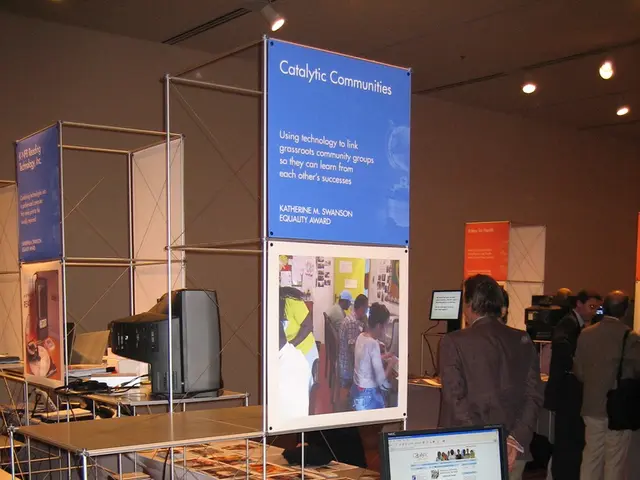New Method 'SpateCV' Boosts Spatial Gene Imputation Accuracy
A groundbreaking study, 'SpateCV: cross-modality alignment regularization of cell types improves spatial gene imputation for spatial transcriptomics', is set to be published in the Journal of Translational Medicine in 2025. Led by Yuan, J., Yu, J., and Yi, Q., the research introduces a novel methodology for interpreting spatial gene data, with broader implications for clinical applications.
Traditional transcriptomics aggregates data from homogenized samples, losing valuable spatial information. Spatial transcriptomics, an emerging field, studies gene expression within the spatial context of tissues. The challenge lies in accurately representing and imputing spatial gene expression data, especially with heterogeneous cell populations.
The study presents 'SpateCV', a cross-modality alignment regularization technique. SpateCV optimizes the alignment of cellular components across different modalities, enhancing the precision of spatial gene imputation and mitigating data sparsity issues. Its applicability has been demonstrated in various biological contexts, including developmental biology and cancer research, offering insights into cellular architectures and potential therapeutic targets.
The study, published in the Journal of Translational Medicine in 2025, shows a marked improvement in the accuracy of spatial gene imputation over existing methods, using both simulated datasets and real-world biological samples. The broader implications of this study extend to clinical applications, enhancing diagnostic and prognostic assessments in various diseases through accurate spatial gene expression profiling.





